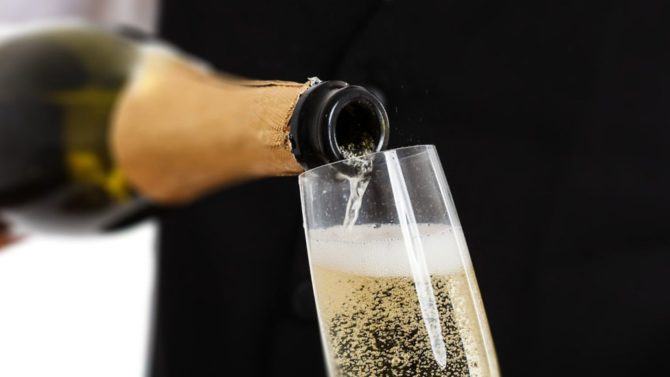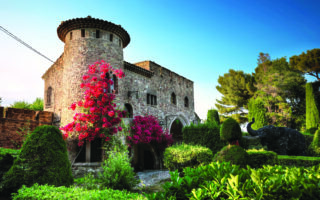How to serve champagne

Is there a perfect temperature to serve champagne? What exactly does ‘chilled’ mean? Richard Hemming explains and recommends some French fizzes
Q. I know that champagne should be served ‘chilled’ but what exactly does that mean? Is there an ideal temperature that it should be served at, and how does it affect the taste/drinking experience if you get it ‘wrong’?
Living France Wine columnist, Richard Hemming, replies:
The quick answer to this question is that champagne (and all sparkling wine) should be served at between six and 10 degrees Celsius, and there are two important reasons why. Firstly, the volatility of aroma compounds varies at different temperatures, and white wines are generally more delicious when chilled. Coolness also emphasises acidity, making champagne seem crisp and refreshing. Secondly, cooler temperatures restrain the energy of the dissolved carbon dioxide in champagne, making it safer to open, and preserving the fizz in your glass for longer – although not everyone agrees on this. But there’s little doubt that tepid champagne is not a desirable experience! In practical terms, serving champagne straight from the fridge should be fine, as most domestic appliances operate within the ideal champagne-serving temperature. However, a bottle served straight from an ice bucket might be too cold – and when the temperature gets that low, flavour compounds are suppressed. Whereas if you’ve got a wine fridge or a cellar that hovers around 12 ºC, you might want to chill your champagne a little further before serving – assuming you have the time or patience! Below are three French fizzes to experiment with.
__________________________________________________________________________
Don’t miss
__________________________________________________________________________
Taittinger, Prélude Grands Crus NV champagne (£44.90 hedonism wines)
There’s no shortage of premium champagnes to recommend, but Prélude is one of my best buys for delivering top quality at a relatively affordable price. It’s a blend of chardonnay and pinot noir that comes only from the best vineyard sites, known as grands crus. The richness and persistence of flavour makes this comparable with luxury cuvées such as Dom Pérignon – but at less than half the price.
Runo Paillard, Première Cuvée NV champagne (£33.90 hedonism wines)
With its slender neck and classic gold label, this under-theradar champagne brand looks as good as its tastes. It is a Pinot Noir-dominant blend, with a lower dosage of sugar than most champagnes – known as Extra Brut. The result is a stylish, precise, vivid champagne with ripe apple fruit and luscious creamy texture.
Gratien, The Society’s Celebration Brut 2015 Crémant de Loire (£12.95 the wine society)
This sparkling wine doesn’t come from the champagne region, so it can’t use the c-word, but by using similar grapes and production techniques, it certainly produces a comparable style. Made in the Loire Valley from chardonnay and pinot noir plus local varieties cabernet franc and chenin blanc, this is a simple but satisfying sparkler at an unbeatable price
More Food and Drink:
The bluffers guide to acing a wine tasting
Share to: Facebook Twitter LinkedIn Email




